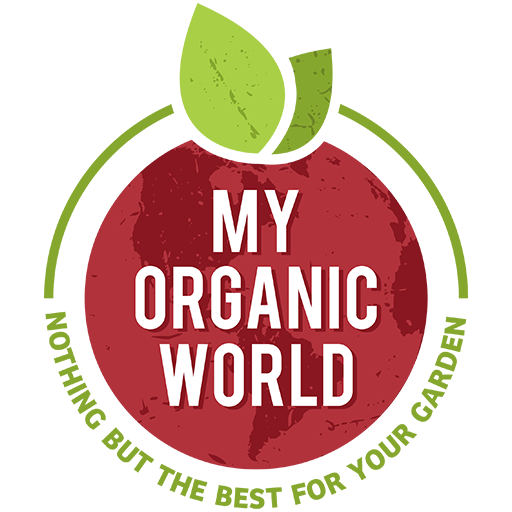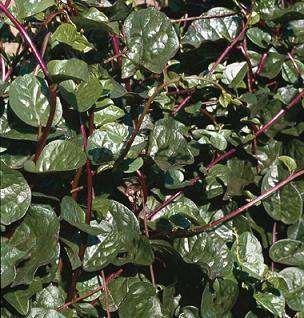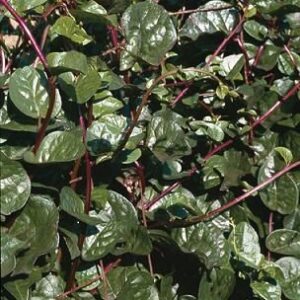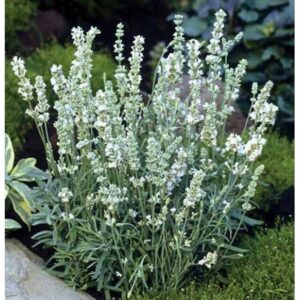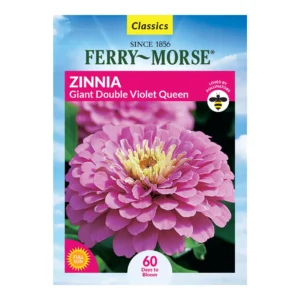Basella rubra v Rubra
1,000 د.ك
Repackaged In Kuwait
Charming twining climber, dark olive leaf, purple red stem, pink flowers, vine for large pots or beds or as vegetable
Basella rubra, commonly known as Malabar spinach, is a warm-weather vegetable originating from Asia. It’s a popular ingredient in many Asian cuisines. Let’s dive into some details about this vibrant green:
- Varieties:
- There are two main species of Malabar spinach:
- Basella alba: This variety has green stems and leaves. It’s primarily grown as a garden vegetable for consumption.
- Basella rubra: The striking feature of this variety is its red stems and leaves. It’s often cultivated as an ornamental plant due to its beautiful color.
- There are two main species of Malabar spinach:
- Culinary Uses:
- Both species are edible and highly nutritious. They contain high levels of calcium, iron, and Vitamins A and C.
- The leaves, shoots, and berries of Malabar spinach are all edible.
- When cooked, Malabar spinach tastes similar to regular spinach, despite not being botanically related to common market spinach varieties.
- The dark green Basella alba is preferred for eating, while the reddish-purple Basella rubra is more commonly grown as an ornamental plant.
- Growing Conditions:
- Days to Harvest: Approximately 50 days for baby greens and 85 days for full-size leaves.
- Light: Requires full sun.
- Water: Consistent moisture.
- Soil: Prefers fertile soil with a pH ranging from 6.5 to 6.8, although it can tolerate poor soils.
- Fertilizer: Nitrogen-rich fertilizer to support leaf growth.
- Pests: Watch out for root-knot nematodes.
- Diseases: Keep an eye out for Cercospora leaf spot.
- Additional Notes:
- Malabar spinach can be grown as a perennial in warm climates (e.g., Southern California) but is typically treated as an annual elsewhere.
- If your region experiences frost, it’s best to grow Malabar spinach as a succession planting alternative after cold-hardy leafy greens.
- The buds and flowers of Malabar spinach eventually develop into dark purple berries, which are edible and can also be used as a dye.
Remember, whether you’re cooking with it or using it as an ornamental, Malabar spinach adds a delightful touch of color and flavor to your garden!
packet 10 seeds
متوفر في المخزون
